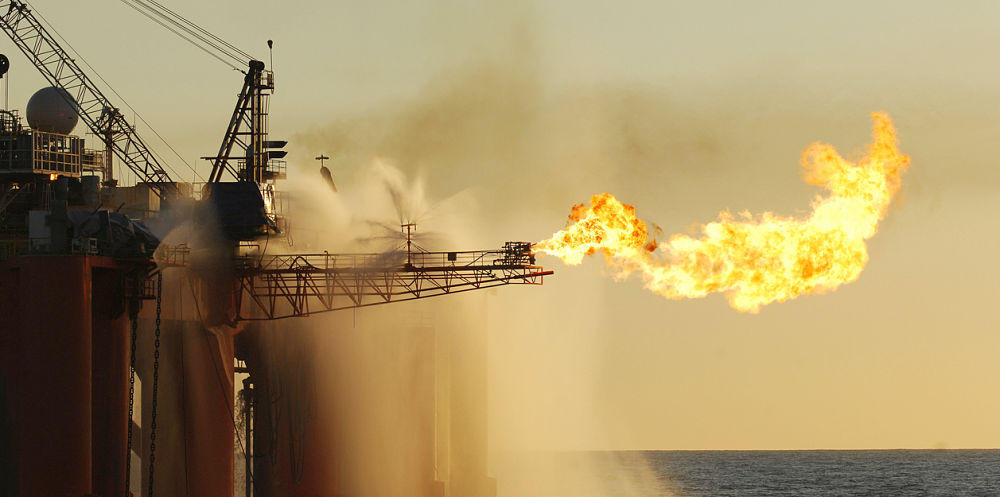Looming Trade Wars Could Cause Spike in Oil Prices
Oil prices stayed steady through the summer months but could have some rocky days ahead as global inventories continue to fall and the trade standoff between
WTI has risen more than $35 in the last 12 months, leading oil producers to ramp up production in
WTI prices peaked in July at more than $70 a barrel but have since hovered in the mid-$60 range.
“We’ve sort of achieved [a recovery to the $70] level probably a little faster than we thought we would have relative to declines in
The price of Brent crude oil, the global benchmark, was at 77.14 at , up 0.40 percent from it open. West Texas Intermediate, the
If the
Also, The Organization of Petroleum Exporting Countries’ spare capacity is below 3 percent of global demand. That means OPEC can’t turn the spigot on fast enough to put downward pressure on prices.
“As we get more clarity on what happens with global demand, and to some degree that’s sort of tariff related right out of
President Donald Trump has also proposed $200 million in new tariffs for Chinese imports, including computer and networking equipment.




